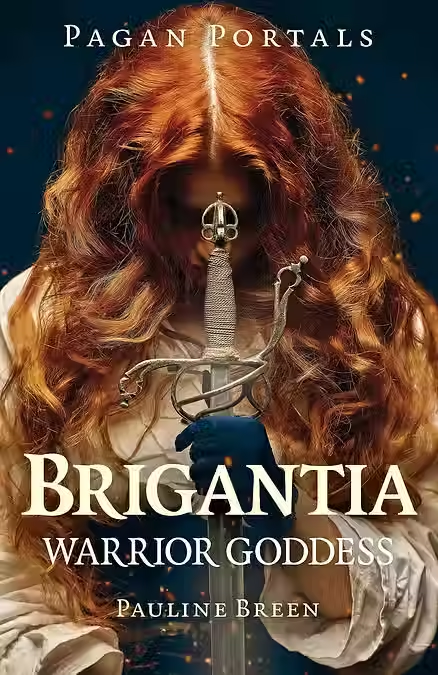Ch'ang-o and the Chinese Mid-Autumn festival by Sue Perryman
- Kitchen Witch

- Sep 24, 2018
- 3 min read

In my previous blog I wrote about Chrysanthemums which led to researching Chinese customs. As often happens when I'm researching, it leads to other interesting topics and this time I discovered the Chinese moon goddess Ch'ang-o and the Mid-Autumn festival that honours her.
Other names: Chang'e, Heng'e
Themes: Moon, relationships, purity, devotion, Instinct, growth, manifestation, unity, harmony, family.
Symbols: All lunar symbols, mooncakes, rabbits, lanterns
Ch'ang-o is a beautiful Chinese moon goddess. Unlike many lunar deities in other cultures who personify the moon, Ch'ang-o lives on the moon. There are many versions of her legend in Chinese mythology, all containing similar themes and ending up with Ch'ang-o living on the moon.
One myth tells that in the past ten Suns had risen together in the sky and scorched the earth, causing hardship for the people. The excellent archer, (who has different names depending on the source, including Houyi, Yi, I and Shen) shot down nine of them, leaving one Sun in the sky; as a reward he was given the elixir of immortality. He did not consume it straight away as he didn't want to gain immortality without his beloved wife Ch'ang-o so he stored it away in his home. However, when he was out hunting his apprentice Fengmeng broke into the house and tried to force Ch'ang-o to give him the elixir; she refused and drank it herself. On doing so, Ch'ang-o flew up into the heavens and landed on the moon with only the Jade Rabbit (who also lives on the moon where he mixes herbal remedies) for company. In some versions of the story, Houyi becomes a sun God and lives on the Sun, others tell that Ch'ang-o transformed into a three-legged toad, the three legs representing the three main moon phases.
Ch'ang-o is remembered at the Chinese Mid-Autumn festival, also known as the Moon festival or Harvest Moon festival. The festival has been celebrated since the Shang dynasty (1600- 1046 BCE) and occurs on the full Moon of the 8th lunar month (September - early October), it is a harvest festival and is one of the most important festivals in the Chinese year.
In the past families would have gathered together to celebrate the harvest and worship the moon. Due to ancient China's cultural influence, the Mid-Autumn festival celebrations spread to other parts of South East Asia, although customs vary. Lion and dragon dances are held in some areas and lantern parades and festivals are also very popular.
Other traditional customs include placing altars outside facing the moon, decorated with images of Ch'ang-o and the Jade rabbit, mooncakes, candles, incense, lanterns and offerings of seasonal fruit and flowers; gazing at the moon trying to spot Ch'ang-o or the Jade rabbit and re-telling her sad tale. In the past it was a popular time for women to ask the moon goddess to bless them with, conceptual or material success such as a spouse, babies, beauty longevity or good fortune.
Today many of the traditional celebrations have fallen out of favour, but the Mid-Autumn festival is still an important occasion for family and friends to gather together to share and eat the traditional mooncakes, recite poems and admire the harvest moon, on what is hopefully the clearest night of the year, a symbol of harmony and unity.
Sources: 365 Goddess - Patricia Telesco china-expats.com Wikipedia travelchinaguide.com thoughtco.com
Photo by An Tran on Unsplash






Comments